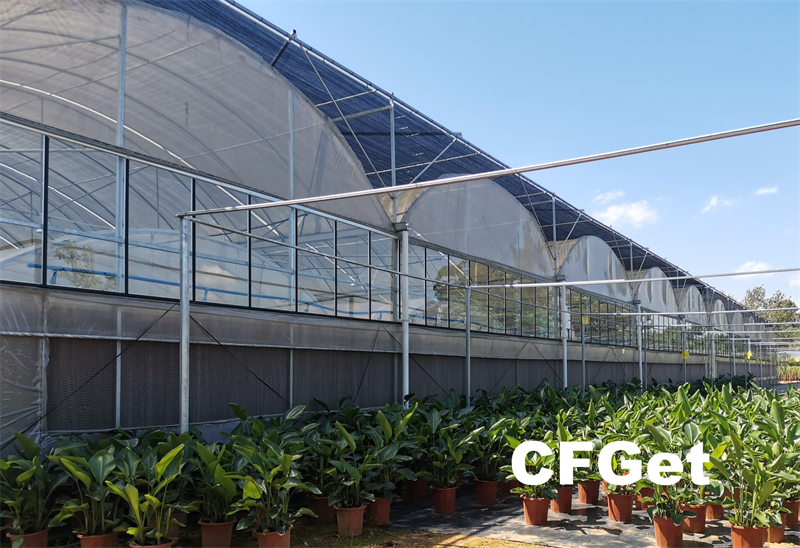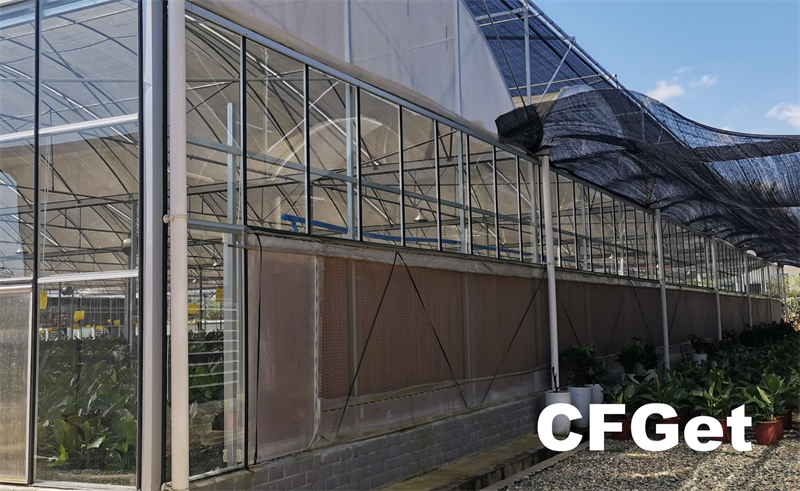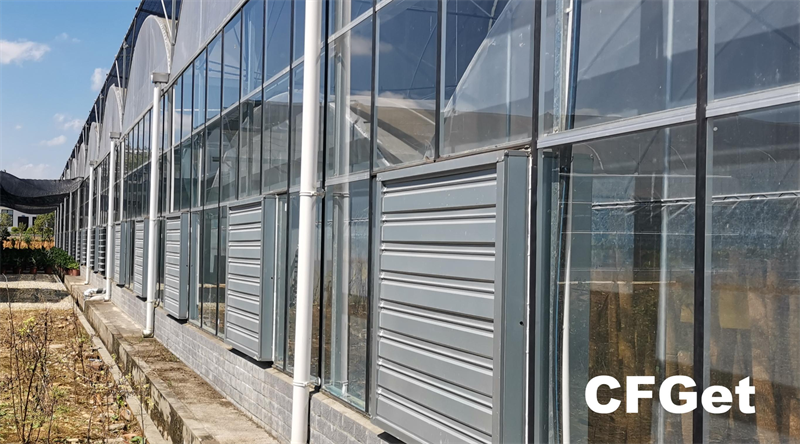Greenhouses are vital tools in modern agriculture, providing a controlled environment where plants can thrive regardless of external weather conditions. However, managing a greenhouse effectively is no easy task. From temperature and humidity to light and ventilation, each factor plays a crucial role in creating the ideal environment for plant growth. In this article, we’ll break down the key aspects of greenhouse management, giving you the tools you need to ensure your plants flourish.

1. Temperature Control: Creating the Perfect "Comfort Zone" for Your Plants
Temperature is one of the most critical factors in plant growth. Too hot or too cold, and plants can suffer. Different plants require different temperature ranges, making it essential to maintain a stable and appropriate temperature inside the greenhouse.
Many modern greenhouses are equipped with smart temperature control systems. These systems use sensors to monitor temperature fluctuations both inside and outside the greenhouse, automatically adjusting heating or cooling equipment as needed. For example, during cold months, the system will activate heaters to maintain a warm environment for plants. On hot days, ventilation fans or cooling systems kick in to keep temperatures down, preventing the greenhouse from overheating.
Chengfei Greenhouses provides state-of-the-art temperature control systems designed to meet the needs of various plants. With advanced technology, these systems ensure that your plants receive the perfect climate for optimal growth.

2. Humidity Control: Balancing Moisture for Healthier Plants
Humidity levels play a significant role in a plant’s health. Too much humidity can encourage mold growth, while too little can cause dehydration and stress. Maintaining the right balance is key to preventing plant diseases and promoting healthy growth.
Greenhouses should have proper ventilation and humidity monitoring systems. Humidity can be regulated through regular watering, dehumidifiers, and air circulation systems that ensure the right moisture levels are maintained. Automated irrigation systems can also help, providing plants with just the right amount of water at the right times.
3. Light Control: Ensuring Your Plants Get the Right Amount of Sunlight
Light is another crucial element for plant growth. Plants need light for photosynthesis, which allows them to produce food and energy. In a greenhouse, light levels should be carefully managed to provide optimal conditions for plant growth, especially during the winter months when sunlight is limited.
Greenhouses can be equipped with adjustable shading systems or artificial grow lights to supplement natural light. These systems help ensure that plants receive the right amount of light throughout the day, regardless of external weather conditions. By optimizing light exposure, you can boost photosynthesis and encourage stronger, healthier plants.

4. Ventilation: Letting Fresh Air In
Proper ventilation is essential in any greenhouse. It helps regulate temperature and humidity while ensuring that plants have access to fresh air. Without good ventilation, carbon dioxide levels inside the greenhouse can drop, reducing the efficiency of photosynthesis.
Ventilation systems come in many forms, from automatic roof vents to sidewall openings and exhaust fans. These systems help maintain a steady flow of air, preventing the buildup of excess heat and humidity while keeping CO2 levels in check. Automated ventilation systems can also adjust based on temperature and humidity readings, ensuring that plants are always in a comfortable environment.
5. Disease and Pest Management: Keeping Your Plants Healthy
Finally, disease and pest control are crucial for maintaining a healthy greenhouse environment. A variety of pests, including aphids, whiteflies, and spider mites, can damage plants and reduce yield. Regular inspection, along with preventive measures like biological pest control, can help keep these problems under control.
In addition, diseases caused by mold, fungi, and bacteria can spread quickly in a greenhouse if left unchecked. Proper sanitation, along with the use of non-toxic, organic treatments, can help minimize the risk of disease and keep your plants healthy.
Welcome to have a further discussion with us.
Email: info@cfgreenhouse.com
l #TrendingKeywords:
l #GreenhouseManagement,
l #GreenhouseTemperatureControl,
l #GreenhouseHumidityControl,
l #GrowLightsforGreenhouse,
l #GreenhouseVentilationSystems,
l #GreenhousePestControl
Post time: Dec-17-2024







 Click to Chat
Click to Chat